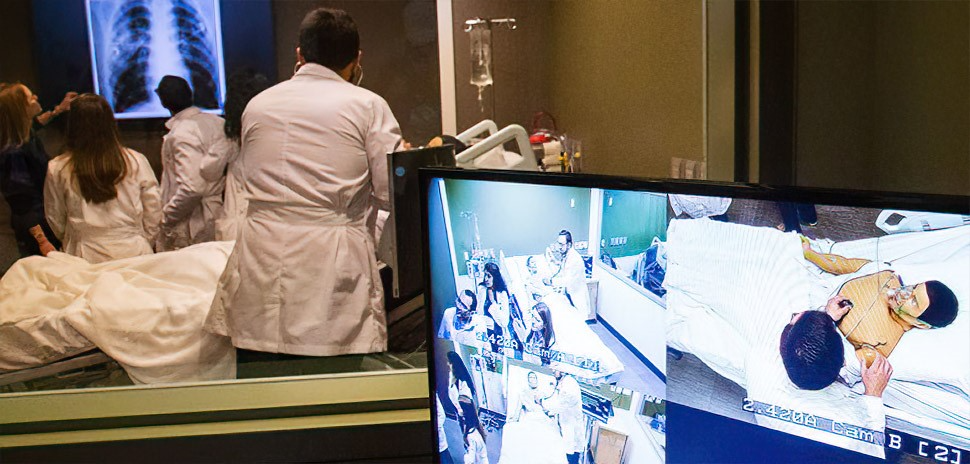The number of healthcare mergers and acquisitions reached a record high in 2018. And the following year, programmatic activity in the healthcare M+A space—called “Systematic Health Care M+A”—rose in various subsectors. Now, Polsinelli is predicting that those systemic mergers and acquisitions could see yet another increased utilization this year with the law firm’s release of its new white paper.
Led by Jon Henderson out of the Dallas office, a group of five attorneys from Polsinelli’s national Health Care M+A practice came together to explore the rise of Systematic Health Care M+A, and how the use of mid-cap deals may reshape the future of the country’s healthcare sector.
Polsinelli, an Am Law 100 firm, is widely known as one of the preeminent firms for healthcare law.
“Programmatic mergers and acquisitions provide a sustainable growth path even when businesses are rocked by recessions and general societal and economic downturns,” said co-author Cullin Hughes, a Kansas City-based shareholder and member of the firm’s Health Care Alignment and Organizations Practice Group and the Health Care M+A Practice.
He explains: “Evidence shows that programmatic acquirers consistently outperform their peers in terms of overall growth and value generation when compared to occasional, high-profile mega-deals.”
The white paper, titled “Health Care ‘Prime’: The Strategic Role of Systematic Health Care M+A in Remaking the Future of Health Care,” provides an in-depth analysis of the growing number of middle-market healthcare business mergers and acquisitions.
Polsinelli defines this as when “programmatic acquirers establish a valuable, consistent and repeatable approach for managing their deal activity at each stage of the transactional process”—a trend that could redefine healthcare in the U.S.
That increase could contribute to more healthcare innovation in the future, along with a “patient-centric” approach that enhances care, according to Polsinelli.
The white paper is the third rendition of Health Care “Prime” for Polsinelli, with the first being published in October 2018.
“Now … we are using our four-part, patient-care-centric conceptual framework of health care organization, ownership, delivery, and payment to explore how the programmatic approach to middle-market health care mergers and acquisitions will more quickly, more powerfully reshape the industry,” said Henderson, a Dallas-based shareholder, who’s also chair of the firm’s national Corporate and Transactional Practice Group.
This white paper’s analysis focused on how programmatic acquirers mostly employ strategic, specific practices at the three stages of the Systematic Health Care M+A process.
“The fact that we are writing in the midst of the ‘frozen’ state of deal making caused by the COVID-19 pandemic while we wait on the ‘thaw’ is not lost on us,” Henderson said in a statement.
“However, as we look ahead, we anticipate a period when there are more mid-cap than large-cap transactions by both strategic and financial buyers, because acquirers will be more risk-averse when first resuming M&A activity post-pandemic, and risk aversion usually results in smaller-sized deals.”
![]()
Get on the list.
Dallas Innovates, every day.
Sign up to keep your eye on what’s new and next in Dallas-Fort Worth, every day.






































































